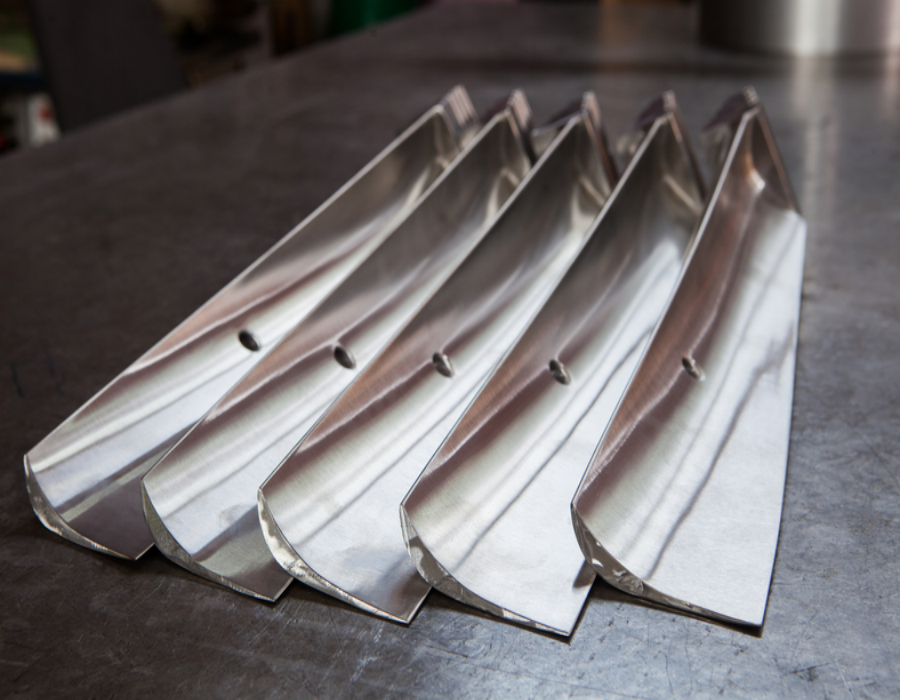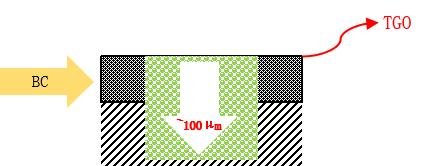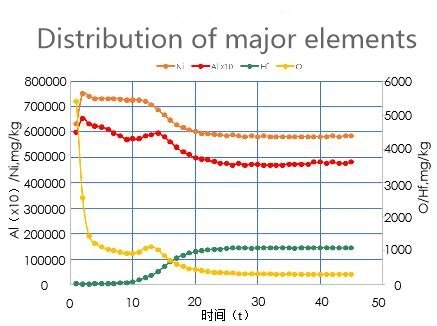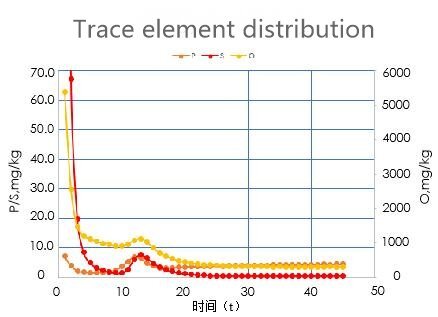Heavy gas turbine because of relatively high thermal work conversion efficiency, is the most core equipment in the field of energy generation and ship drive, because the development technology of high-level heavy gas turbine is extremely complex, so heavy gas turbine is also known as the power heart of China’s industrial and shipbuilding field. So far, China has successfully developed a 50 MW class heavy gas turbine, and achieved a breakthrough in the F-class 50 MW heavy gas turbine from scratch. At present, China is perfecting the construction of the three major systems of heavy-duty gas turbines, realizing the trinity of prototype design, equipment manufacturing and test delivery. China has also become the fifth country in the world to fully master the design and manufacturing technology of heavy-duty gas turbines.
thermal barrier coating

The thermal barrier coating is usually composed of a metal bonding bottom layer and a ceramic surface layer, and the bonding bottom layer is usually made of MCrAlY (M is Ni, Co or Ni+Co) alloy, which is mainly responsible for the multiple effects of transitional thermal mismatch, oxidation resistance and corrosion resistance, while the ceramic surface layer is usually made of Y2O3 stable ZrO2, which mainly plays a heat insulation role. Because of its good high temperature oxidation resistance, erosion resistance and heat insulation characteristics, it has become one of the most advanced high temperature protective coatings for ground heavy gas turbines at home and abroad.
With the development of aviation industry, the thrust-weight ratio of turbine engine is getting higher and higher, and the temperature of turbine inlet is getting higher and higher. According to the research history of materials at home and abroad, it is quite difficult to improve the high temperature resistance of turbine blades by increasing the use temperature of materials in a short period of time. The feasible method is to deposit thermal barrier coating on the turbine blade substrate to increase its use temperature. The future development of thermal barrier coating technology will focus on the following aspects:


(1)Research on new thermal barrier coating material system suitable for the next generation supersonic engine, and find ceramic materials with better phase stability, lower sintering rate and thermal conductivity that can replace ZrO2 is the key.
(2)The optimization and mechanism study of the material and preparation process of the existing coating system, including the composition of the Y bond layer, the selection of the new stable oxide of YSZ ceramics, the improvement and optimization of the coating microstructure, as well as the further study of the gradient coating technology, so as to improve the working temperature, service life and thermal insulation performance of the coating.


(3) Research on the thermal insulation effect of the thermal barrier coating, the thermal insulation condition of the coating, that is, the temperature gradient, is tested through experimental simulation, and combined with the theory of heat transfer, according to the thermal conductivity of the coating material, the expected thermal insulation effect and the working environment of the hot end components, to provide a basis for reasonable design of the coating thickness and provide directions for the improvement of the coating.
(4) To further study the thermal barrier coating life prediction model, if the thermal barrier coating is applied to the high-risk parts of the turbine engine, the engine life prediction system must be established to ensure safety. Therefore, further study of the spalling failure mechanism of thermal barrier coating and mechanical behavior under service conditions, etc., establish a relatively perfect life prediction model, so as to accurately evaluate the service life of the coating, and provide a reliable guarantee for the practical application of thermal barrier coating.


(5) Develop new coating performance testing technology, especially non-destructive testing technology, to accurately characterize the binding force between the coating and the substrate, the degree of cracking of the coating, the degree of phase change and other properties, so as to better control the quality of the coating.
Heavy-duty gas turbines occupy a core position in the field of energy generation and Marine drive due to their efficient heat and work conversion capability. As one of the key technologies, Thermal Barrier Coating (TBC) plays an important role in improving the service temperature and prolonging the life of turbine blades. China has made remarkable progress in this field, successfully mastering the design and manufacture of heavy-duty gas turbines. The thermal barrier coating is usually composed of a metal-bonded bottom layer and a ceramic surface layer, of which the bottom layer mainly assumes the role of transitional thermal mismatch, oxidation resistance and corrosion resistance, while the surface layer mainly plays a thermal insulation effect. Future research will focus on developing novel material systems, optimizing existing coating processes, improving thermal insulation, establishing lifetime prediction models, and developing new coating performance testing techniques to further improve coating performance and reliability.
Thank you for your interest in our company! As a professional gas turbine parts manufacturing company, we will continue to be committed to technological innovation and service improvement, to provide more high-quality solutions for customers around the world.If you have any questions, suggestions or cooperation intentions, we are more than happy to help you. Please contact us in the following ways:
- WhatsAPP:+86 135 4409 5201
- E-mail:peter@turbineblade.net
